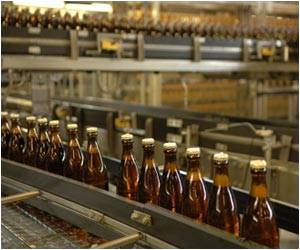Changing the drivers' perceptions of law enforcement may prevent them from drinking and driving, suggests a University of Missouri professor.
Changing the drivers' perceptions of law enforcement may prevent them from drinking and driving, suggests a University of Missouri professor.
The researchers from the University of Missouri and the University of Georgia found that the most important deterrence factors for high-risk drivers are their perceptions of the likelihood of being stopped or arrested and their support for deterrence laws.According to Lilliard Richardson, professor in the MU Truman School of Public Affairs, high-risk drivers are less likely to drink and drive if they perceive they are likely to be stopped or arrested by police.
The researchers found that the existence of laws, such as the .08 blood alcohol content and open container restrictions, affect only those less likely to drink and drive, and the actual number of impaired driving arrests in a state has no significant effect on drivers' likelihood of drinking and driving.
"Essentially, law enforcement needs to focus on perceptions; it is important that drivers perceive that they will be caught if they drive impaired," said Richardson.
"We found that high-risk drivers are less likely to drink and drive if they perceive they are likely to be stopped or arrested by police. However, the mere existence of laws designed to discourage people from drinking and driving does not impact high-risk drivers," he added.
During the study, Richardson and Anthony Bertelli, associate professor of public administration and policy at the University of Georgia, assessed drinking and driving laws to determine if their enforcement influenced individuals' likelihood of drinking and driving and if the impact was direct or through perception.
Advertisement
Individuals of different risk levels, who agreed with the goals of deterrence laws, including sobriety checkpoints and open container laws, also were less likely to drive intoxicated.
Advertisement
Source-ANI
SRM









